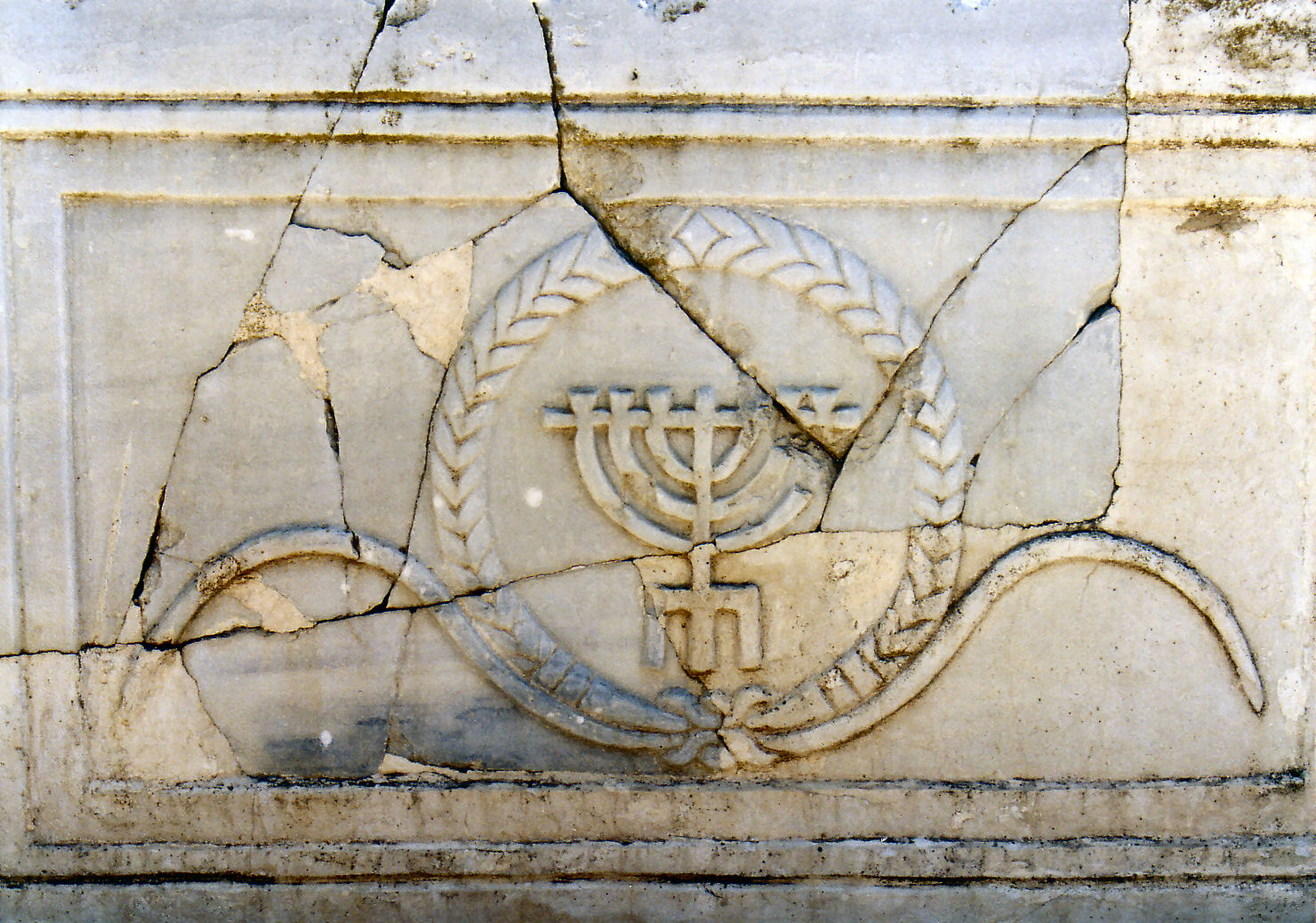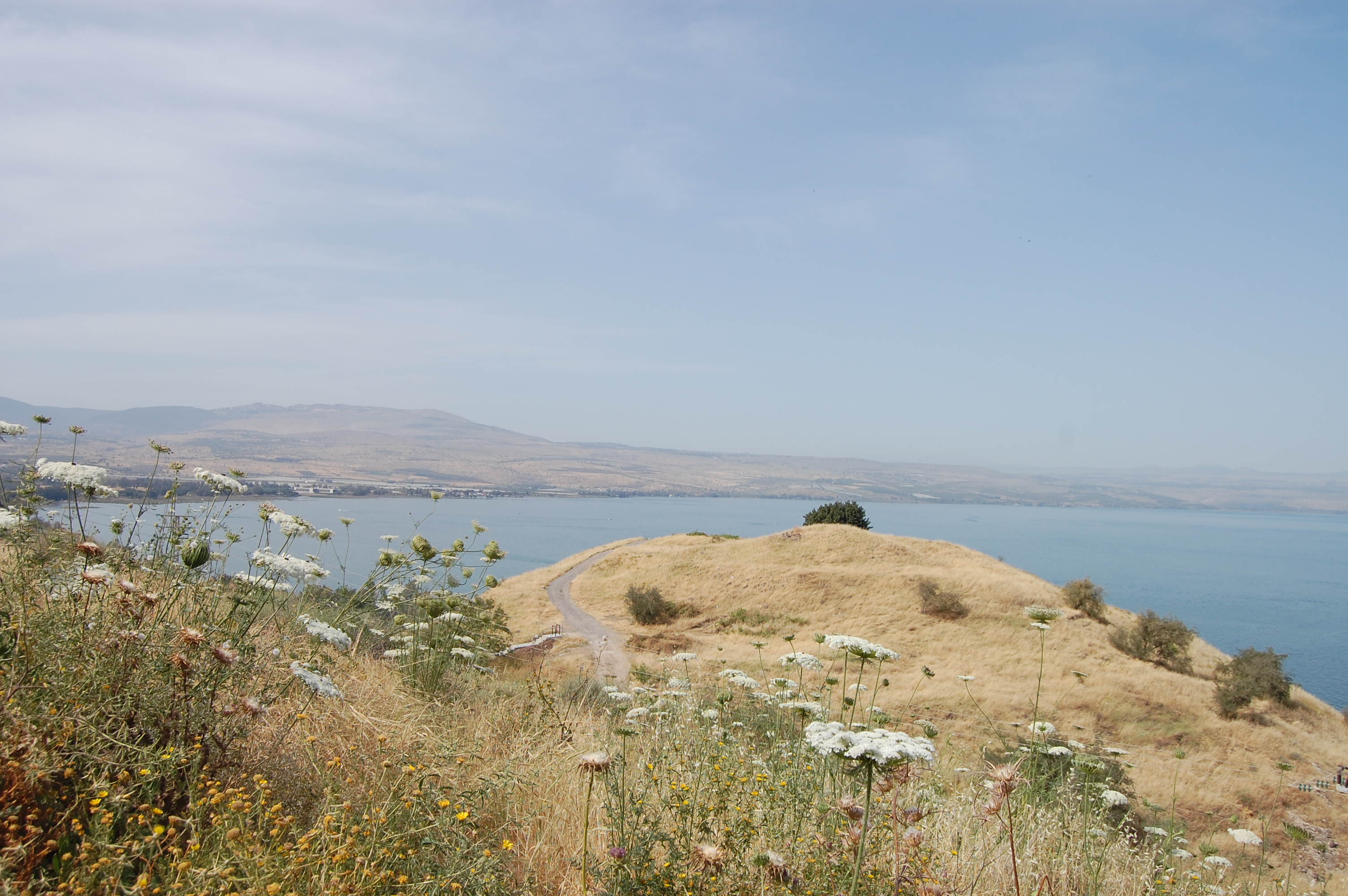|
Gershonites
The Gershonites were one of the four main divisions among the Levites in Biblical times. The Bible claims that the Gershonites were all descended from the eponymous ''Gershon'' a son of Levi (not to be confused with Moses' son Gershom), although some biblical scholars regard this as a postdictional metaphor providing an aetiology of the connectedness of the clan to others in the Israelite confederation. '' Peake's Commentary on the Bible''''Jewish Encyclopedia'' The Bible lists 2 major family divisions of the Gershonites, the Libnites and the Shimeites (Numbers 3:21). The Bible ascribes a specific religious function to the Gershonites, namely care of the curtains, hangings, and ropes of the sanctuary. This differentiation of religious activity between the Gershonites and other Levites, in particular the Aaronids, is found only in the Priestly Code, and not in passages that textual scholars attribute to other authors. According to the Book of Joshua, rather than possessing a c ... [...More Info...] [...Related Items...] OR: [Wikipedia] [Google] [Baidu] |
Gershon
According to the Torah, Gershon ( he, גֵּרְשׁוֹן ''Gērǝšôn'') was the eldest of the sons of Levi, and the patriarchal founder of the Gershonites, one of the four main divisions among the Levites in biblical times. The Gershonites were charged with the care of the outer tabernacle including components such as the tent and its covering, screens, doors, and hangings. Biblical scholars regard the name as being essentially the same as "Gershom" ( ''Gēršōm''), which appears to mean "a sojourner there" (גר שם), and it is Gershom rather than Gershon who is sometimes listed in the Book of Chronicles as a founder of one of the principal Levite factions. The Torah names Gershon's sons as Libni and Shimei. Textual scholars attribute the genealogy to the Book of Generations, a document originating from a religiopolitical group similar to that behind the Priestly source, and at a similar date. According to some biblical scholars, the Torah's genealogy for Levi's descendan ... [...More Info...] [...Related Items...] OR: [Wikipedia] [Google] [Baidu] |
En-gannim
Anem or Anim was a Levitical city in Israel allocated to the Gershonites, according to the Hebrew Bible, from the land of the tribe of Issachar () (6:58 in some Bibles). In the parallel location in the Book of Joshua, the name ''En-gannim'' or ''Engannim'' appears, and the two names may refer to the same town. The location of Anem is unknown. William F. Albright William Foxwell Albright (May 24, 1891– September 19, 1971) was an American archaeologist, biblical scholar, philologist, and expert on ceramics. He is considered "one of the twentieth century's most influential American biblical scholars." ... suggested that Anem was the same location as En-gannim, the two spellings being variants of a single original site ''ʕen-ʕonam''. But Hagen Martino (in 1907), claimed that Anem is 'probably a distinct site', near En-gannim.e.g., Martino (Ed.). ''Atlas Biblicus. Continens Duas Et Viginti Tabulas Quibus Accedit. Index topographicus in Universam Geographam Biblicam'', Paris ... [...More Info...] [...Related Items...] OR: [Wikipedia] [Google] [Baidu] |
Levites
Levites (or Levi) (, he, ''Lǝvīyyīm'') are Jewish males who claim patrilineal descent from the Tribe of Levi. The Tribe of Levi descended from Levi, the third son of Jacob and Leah. The surname ''Halevi'', which consists of the Hebrew definite article "" ''Ha-'' ("the") plus ''Levi'' (Levite) is not conclusive regarding being a Levite; a titular use of HaLevi indicates being a Levite. The daughter of a Levite is a " ''Bat Levi''" (''Bat'' being Hebrew for "daughter"). The Tribe of Levi served particular religious duties for the Israelites and had political (administering cities of refuge) and educational responsibilities as well. In return, the landed tribes were expected to support the Levites with a tithe (), particularly the tithe known as the First tithe, ''ma'aser rishon''. The Kohanim, a subset of the Levites, were the priests, who performed the work of holiness in the Temple. The Levites, referring to those who were not Kohanim, were specifically assigned to * singi ... [...More Info...] [...Related Items...] OR: [Wikipedia] [Google] [Baidu] |
Tribe Of Manasseh
According to the Hebrew Bible, the Tribe of Manasseh (; Hebrew: ''Ševet Mənašše,'' Tiberian: ''Šēḇeṭ Mănašše'') was one of the Tribes of Israel. It is one of the ten lost tribes. Together with the Tribe of Ephraim, Manasseh also formed the ''House of Joseph''. Biblical Chronicle According to the biblical chronicle, the Tribe of Manasseh was a part of a loose confederation of Israelite tribes from after the conquest of the land by Joshua until the formation of the first Kingdom of Israel in c. 1050 BC. No central government existed, and in times of crisis the people were led by ad hoc leaders known as Judges (see Book of Judges). With the growth of the threat from Philistine incursions, the Israelite tribes decided to form a strong centralised monarchy to meet the challenge, and the Tribe of Manasseh joined the new kingdom with Saul as the first king. After the death of Saul, all the tribes other than Judah remained loyal to the House of Saul, but after the death o ... [...More Info...] [...Related Items...] OR: [Wikipedia] [Google] [Baidu] |
Tribe Of Naphtali
The Tribe of Naphtali () was one of the northernmost of the twelve tribes of Israel. It is one of the ten lost tribes. Biblical narratives In the biblical account, following the completion of the conquest of Canaan by the Israelites, Joshua allocated the land among the twelve tribes. Kenneth Kitchen, a well-known biblical archeologist, dates this event to slightly after 1200 BCE,Kitchen, Kenneth A. (2003), ''On the Reliability of the Old Testament'' (Grand Rapids, Michigan. William B. Eerdmans Publishing Company)() whereas other scholars dispute the historicity of the Book of Joshua.“Besides the rejection of the Albrightian ‘conquest' model, the general consensus among OT scholars is that the Book of Joshua has no value in the historical reconstruction. They see the book as an ideological retrojection from a later period — either as early as the reign of Josiah or as late as the Hasmonean period.” ”It behooves us to ask, in spite of the fact that the overwhelming cons ... [...More Info...] [...Related Items...] OR: [Wikipedia] [Google] [Baidu] |
Rehob
Tel Rehov ( he, תל רחוב) or Tell es-Sarem ( ar, تل الصارم), is an archaeological site in the Bet She'an Valley, a segment of the Jordan Valley, Israel, approximately south of Beit She'an and west of the Jordan River. It was occupied in the Bronze Age and Iron Age. The site is one of several suggested as Rehov (also Rehob), meaning "broad", "wide place", The oldest apiary discovered anywhere by archaeologists, including man-made beehives and remains of the bees themselves, dating between the mid-10th century BCE and the early 9th century BCE, came to light on the tell. In the nearby ruins of the mainly Byzantine-period successor of Iron Age Rehov, a Jewish town named Rohob or Roōb, archaeologists discovered the longest mosaic inscription found so far in the Land of Israel. Identification Tel Rehov does not correspond to the Hebrew Bible places named as Rehov, of which two were in the more westerly allotment of the Tribe of Asher, and one more northerly. [...More Info...] [...Related Items...] OR: [Wikipedia] [Google] [Baidu] |
Abdon (biblical Place)
This is a list of places mentioned in the Bible, which do not have their own Wikipedia articles. See also the list of biblical places for locations which do have their own article. Ænon, A Abana Abana, according to 2 Kings 5:12, was one of the "rivers of Damascus", along with the Pharpar, Pharpar river. Abdon Abdon was a Levitical city in Tribe of Asher, Asher allocated to the Gershonites according to Joshua 21:30 and 1 Chronicles 6:74. Abel-Shittim Abel-Shittim, the last Israelite encampment before crossing into the Promised Land, is identified by Josephus with Abila (Peraea), Abila in Peraea, probably the site of modern Tall el-Hammam, Tell el-Hammam in Jordan. Adam Adam was a location which, according to Joshua 3:16, was along the Jordan River, near Zaretan, Zarethan. According to Cheyne and Black, it may be a scribal error for "Adamah". Adadah Adadah is the name of a town mentioned in Joshua 15:22, in a list of towns inside the territory of the Tribe of Judah. The name "A ... [...More Info...] [...Related Items...] OR: [Wikipedia] [Google] [Baidu] |
Mishal
Mishal is a village in south-western Yemen. It is located in the Abyan Governorate Abyan ( ar, أَبْيَن ) is a governorate of Yemen. The Abyan region was historically part of the Fadhli Sultanate. It was a base to the Aden-Abyan Islamic Army militant group. Its capital is the city of Zinjibar. This governorate is no .... External linksTowns and villages in the Abyan Governorate {{coord, 13, 39, N, 45, 47, E, display=title, region:YE_type:city_source:GNS-enwiki Populated places in Abyan Governorate Villages in Yemen ... [...More Info...] [...Related Items...] OR: [Wikipedia] [Google] [Baidu] |
Tribe Of Asher
According to the Hebrew Bible, the Tribe of Asher was one of the Tribes of Israel descended from Asher (), the eighth son of Jacob. It is one of the ten lost tribes. Biblical narrative According to the biblical Book of Joshua, following the completion of the conquest of Canaan by the Israelite tribes, Joshua allocated the land among the twelve tribes. According to biblical scholar Kenneth Kitchen, one should date this conquest slightly after 1200 BC.Kitchen, Kenneth A. (2003), "On the Reliability of the Old Testament" (Grand Rapids, Michigan. William B. Eerdmans Publishing Company)() This is referred to as a 'late date' with the main alternative of around 1500 BC referred to as the 'early date' for both the Exodus and conquest of Canaan. Waltke, Bruce (1990), "The Date of the Conquest" (Westminster Theological Journal 52.2 (Fall 1990): 181-200./ref>In opposition to both of these views, many critical scholars holds that the conquest of Joshua as described in the Book of Joshua neve ... [...More Info...] [...Related Items...] OR: [Wikipedia] [Google] [Baidu] |
Jarmuth
Jarmuth, Hebrew: Yarmut (יַרְמוּת), was the name of two cities in the land of Canaan.Lemche (2010), p160 The Douai-Rheims version of the Bible has an alternative spelling, Jaramoth. Jarmuth near Beit Shemesh Jarmuth was an Amorite city in Canaan at the time of the Israelite settlement recorded in the Hebrew Bible. According to , its king, Piram, was one of five kings who formed an alliance to attack Gibeon in response to Gibeon making a treaty with the Israelites led by Joshua, who had recently massacred all civilian inhabitants of the nearby cities of Jericho and Ai where, after destroying the army, no man, woman, child, or animal was spared, leading to 12,000 being murdered (Book of Joshua, Chapters ). This Jarmuth is commonly identified with a modern site variously called Tel Yarmuth in Hebrew, Tel Jarmuth, or Khirbet el-Yarmûk in Arabic (grid position 147124PAL). The site is located on the south of Beit Shemesh, near Bayt Nattif, and is now a National Park. Th ... [...More Info...] [...Related Items...] OR: [Wikipedia] [Google] [Baidu] |
Dabareh
Daberath (Davrat) (dab'-e-rath) ("pasture") was a biblical Levitical city in the territory of Issachar, located near the border of Zebulun. It likely survives as the modern Israeli Arab village of Daburiyya. The nearby kibbutz of Dovrat is named after it. It was important militarily, being located at the foot of Mount Tabor and guarding the entry to the Esdraelon plain. According to Josephus (ii.21.§3), who called this town ''Dabaritta'', or ''Darabitta'', a military garrison was stationed here. Jerome mentioned "a little village of the Jews by Mount Tabor, of the country belonging to Diocaesarea Sepphoris (; grc, Σέπφωρις, Séphōris), called Tzipori in Hebrew ( he, צִפּוֹרִי, Tzipori),Palmer (1881), p115/ref> and known in Arabic as Saffuriya ( ar, صفورية, Ṣaffūriya) since the 7th century, is an archaeolog ..., called ''Dabira''". [...More Info...] [...Related Items...] OR: [Wikipedia] [Google] [Baidu] |



